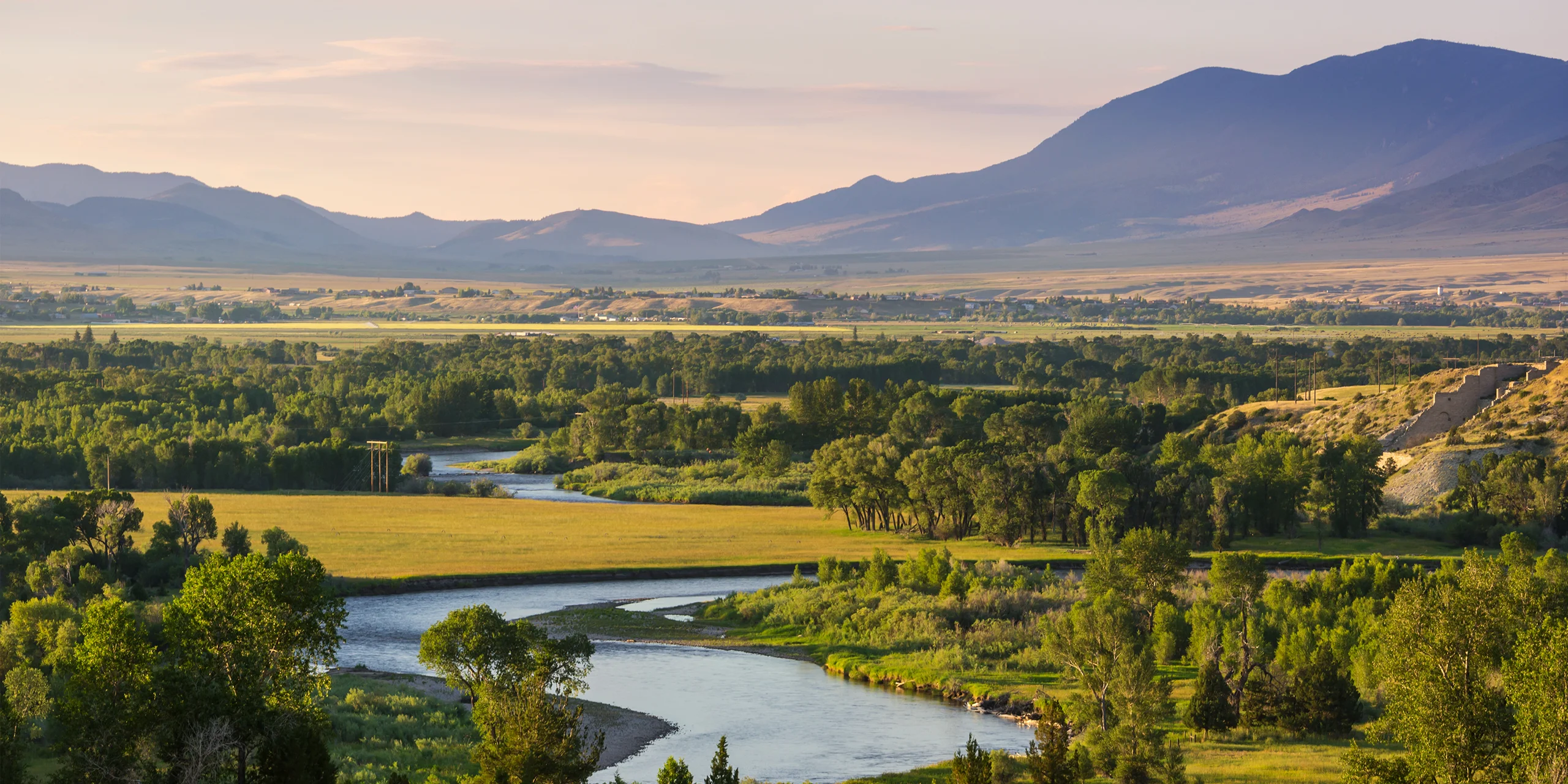
State Supreme Court Decisions with Huge Implications for the Future of Environmental Protection
By Grace Wyner, Communications Associate, Earthjustice Action
Over the past several years, the U.S. Supreme Court has repeatedly made decisions that diminish the strength and scope of core environmental laws put in place to protect our health and planet. This includes the decision earlier this year in Seven County Infrastructure Coalition v Eagle County, which severely limits the scope of the bedrock National Environmental Policy Act, and the 2023 decision in Sackett v. EPA, which left nearly 50% of our nation’s wetlands unprotected from polluters and development.
The federal government’s blatant and alarming anti-environmental, anti-regulatory agenda is increasing the importance of our state courts and creating an opportunity for continued environmental progress at a more local level. Across the country, state supreme courts are issuing decisions that greatly impact clean air, clean water, and the fight against climate change.
Take, for example, Montana, Michigan, and Pennsylvania. Despite representing vastly different parts of the country and having varied ideological makeups, as of late, these state supreme courts have all issued important decisions that bolster environmental protections, prioritize public health, and will shape the future of local policy.
Youth Action Inspires Climate Win in Montana
Montana is one of seven states with a state constitution containing a “green amendment,” or one explicitly guaranteeing the right to a clean and healthy environment. In 2020, youth plaintiffs sued the state for denying them this right by refusing to investigate the climate impacts of proposed fossil fuel projects.
In December 2024, the Montana Supreme Court ruled in favor of the young activists, saying that the state does not get a free pass to pollute the Montana environment “just because the rest of the world is doing so.” Moving forward, Montana officials will need to consider greenhouse gas emissions and other climate impacts when evaluating fossil fuel projects.
This case is already causing ripple effects across the country — similar suits have been filed in New Mexico and Hawaiʻi as potential plaintiffs seek to use the courts to protect the environment.
Clean Water Gets Increased Protection in Michigan
Michigan has a wastewater problem: Studies have shown that permitted large-scale controlled animal feeding operations, or “CAFOs,” produced 17 million more pounds of waste per day than the state’s population. To make matters worse, this waste is untreated, allowing bacteria-laden waste product to run off into Michiganders’ drinking water.
Michigan’s Department of Environment, Great Lakes, and Energy (EGLE) attempted to issue permits curbing the waste runoff from CAFOs, sparking a legal fight that made it all the way up to the state’s highest court. In July 2024, the Michigan Supreme Court ruled that EGLE does, in fact, have the authority to issue stronger and better permits that will protect the state’s waters from pollution. This was a huge win for agency authority and its ability to curb negative environmental impacts from industry, even in a state without a green amendment to its constitution.
Looking Ahead: How PA Can Protect Its Environmental Rights Amendment
It had previously been the practice of the Pennsylvania government to take revenue from oil and gas leases exploiting public land and funnel it into the state’s general budget. However, the Pennsylvania Environmental Defense Foundation (PEDF) argued that under the state’s Environmental Rights Amendment, revenue must go towards conservation efforts that benefit the public good.
In 2017, the state supreme court ruled in favor of the PEDF, but the legal fight didn’t stop there. In 2021, the court issued another ruling saying that these oil and gas leasing funds must be put towards conservation efforts, but in 2022, they limited the scope of how far mandates for using that money could go.
It’s clear that the efficacy and scope of the environmental rights amendment will continue to face legal scrutiny, and the stakes are increasingly high as the Pennsylvania Supreme Court faces a retention election in November 2025. As the court’s ideological makeup hangs in the balance, so does its ability to enforce crucial regulations and protect the environment.
Our Environmental Laws are Only as Strong as the Judges Who Uphold Them
Enforcing strong environmental protections, defining agency power, and interpreting the state constitution all fall squarely under the purview of state supreme courts. Under the best of circumstances, this power can be wielded in a way that protects the environment, supports public health, and furthers the ongoing fight against climate change.
But to do this, we need justices willing to make decisions based on science, strong evidence, and established precedent. Those who serve on our state supreme courts must be fair-minded, impartial, and dedicated to prioritizing facts over politics. Had the adjudicators in Montana, Michigan, or Pennsylvania failed to meet those criteria, these crucial decisions could very well have swung the other way.